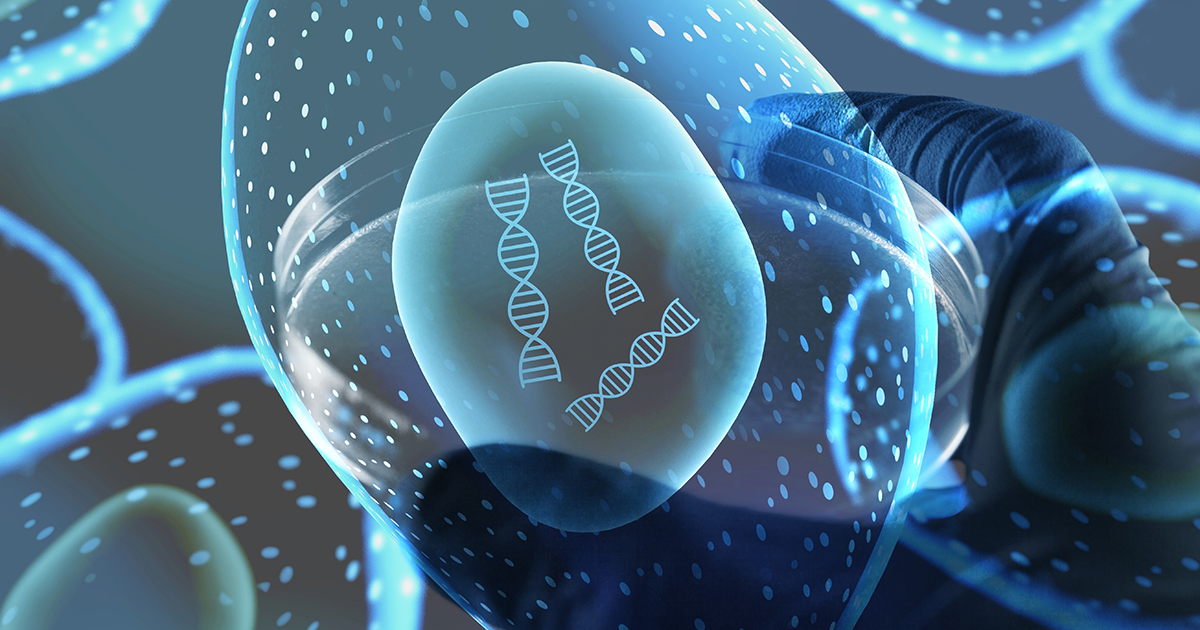The Woolcock Institute of Medical Research

Getting 'on top' for answers
The Woolcock’s two newest research groups – our Centre for Chronic Diseases of Ageing and Epigenetics of Chronic Disease research group – are both looking at the growing chronic disease epidemic throughout the developed world. Chronic disease caused almost three in every four deaths worldwide in 2019.
The goal of our Epigenetics of Chronic Disease research group, led by Professor Chris O’Neill and research fellow Dr Razia Zakarya, is to identify the key causative epigenetic modifications occurring in a range of chronic cardiopulmonary diseases.
Epigenetics Explained
So what is epigenetics and why do researchers believe it may hold the answers to how lifestyle factors play a role in the development of chronic diseases?
Dr Zakarya provided this explanation in a recent speech at Sydney’s Powerhouse Museum for the ABC.
Every living thing has DNA, the molecule that carries genetic information. Every somatic (non-sex) cell in the human body contains the same genetic information inherited from maternal and paternal lines at conception. But, even though they have the same DNA blueprint, the cells in our bodies behave differently – acting as skin cells, heart cells, lung cells, the list goes on.
That’s where epigenetics comes in.
The word epigenetics comes from the Latin for 'on top'. Epigenetics is the molecular information that sits on top of DNA which dictates whether a gene in our DNA affects the way a cell functions or not.
DNA comes in very long strands. These are compartmentalised within a microstructure of our cells called the cell nucleus. To do this, the DNA strands are compacted in a very ordered way, wrapped around proteins called histones. This is called a chromatin.
DNA Unravelled
“Each cell has the capability to add or remove certain molecules on top of histones and DNA. When it does this, it affects the way in which the chromatin compacts, unwinds or unravels, which affects access to the genetic information. And if cellular machinery can’t access the gene, then the gene can’t affect the way the cell behaves,” says Razia.
Epigenetic marks are the language that sits on top of the cell’s genetic information to drive how the cell behaves and unravels – turning it into a skin cell, heart cell, lung cell or any one of the hundreds of cell types that make up our body.
That’s why epigeneticists like Razia believe these marks may hold the answer to chronic disease.
“If epigenetic marks can confer large enough differences that they result in a skin cell and a heart cell from the same genetic material in response to the environment, then surely they can confer the differences between a healthy cell and a diseased cell.”
And, by identifying the code of those epigenetic marks that is unique to a chronic disease, say asthma which is where Razia is currently focusing her research efforts, we can shine a light on pathways to better treatment and care.
Find out more
- Listen to Razia’s ABC podcast - If DNA is the sheet music, epigenetics is the conductor
- Our Epigenetics of Chronic Disease research group










